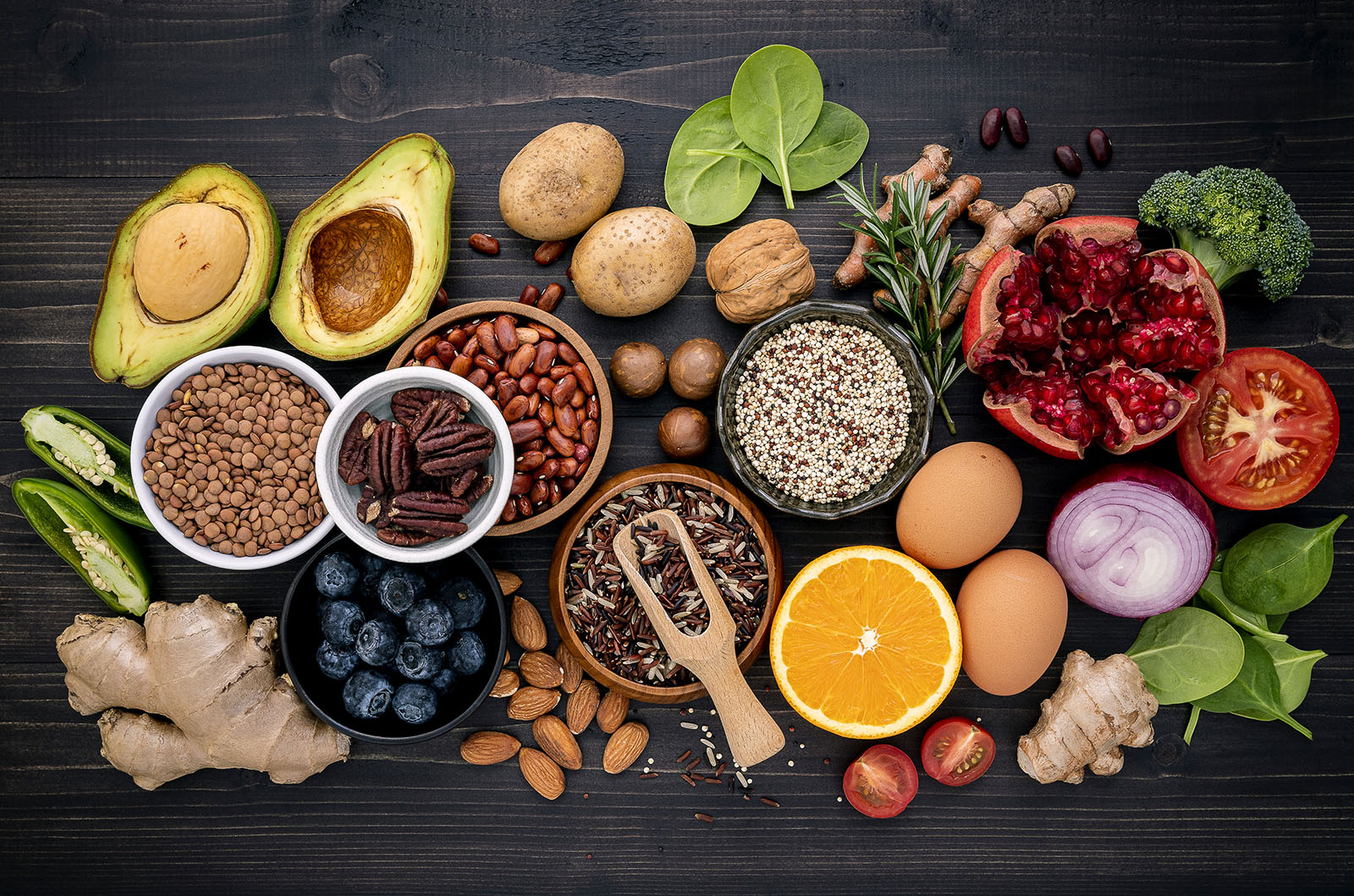Improving Health Through Access to, and Knowledge of, Nutritious Foods

Food insecurity, the inability to access sufficient and nutritious food for an active, healthy life, isn’t just a problem in underdeveloped countries. In Texas, 13.3% of households were unable to provide adequate food for one or more household members due to lack of resources between 2018 and 2020, compared to the national average of 10.7%, according to America’s Health Rankings’ recently released 2022 report.
There is increasing evidence that food insecurity is associated with chronic health conditions, including: diabetes, hypertension, asthma, arthritis, chronic bronchitis, and emphysema, according to the Centers for Disease Control and Prevention (CDC). This link may be particularly strong among adults 50 or older, who are at a higher risk of chronic conditions than younger adults.
Even Americans who have access to healthy foods may not be getting the recommended nutrition due to poor food choices. According to the CDC, fewer than 1 in 10 children and adults eat their recommended daily number of vegetables. Only 4 in 10 children and fewer than 1 in 7 adults eat enough fruit.
The U.S. Department of Agriculture recommends that Americans meet their nutritional needs through consuming nutrient-dense foods and beverages and staying within daily calorie limits.
But what does that mean?
Nutrient-dense foods are defined as providing vitamins and minerals and having little to no added sugars, saturated fat, and sodium.
Examples of nutrient dense foods may include:
- Fruits, especially whole
- Oils, including vegetable and natural oils that occur in foods such as seafood and nuts
- Protein-rich foods, including lean meats, eggs, beans, peas, lentils, nuts, seeds, and soy products
- Grains, at least half of which are whole
- Vegetables of all types, especially dark green
- Dairy, including, low-fat or fat-free milk, yogurt, and cheese (or lactose-free versions).
Understanding that the foods and beverages that we consume have a profound effect on our collective health is a great place to start getting Texas on track to be a healthier state. The scientific connection between food and health is well documented, and there is substantial evidence to show that healthy dietary patterns can help people achieve and maintain good health and reduce the risk of chronic diseases throughout all stages of life.
Talk to your healthcare provider about how you may improve your health through your diet. Additionally, if you are at risk of – or experiencing – food insecurity, 211 Texas is a free, anonymous social service hotline that’s available 24 hours a day, seven days a week, 365 days a year, and may be able to direct you to resources that could help.
- Grains, at least half of which are whole
- Vegetables of all types, especially dark green
- Dairy, including, low-fat or fat-free milk, yogurt, and cheese (or lactose-free versions).
Understanding that the foods and beverages that we consume have a profound effect on our collective health is a great place to start getting Texas on track to be a healthier state. The scientific connection between food and health is well documented, and there is substantial evidence to show that healthy dietary patterns can help people achieve and maintain good health and reduce the risk of chronic diseases throughout all stages of life.
Talk to your healthcare provider about how you may improve your health through your diet. Additionally, if you are at risk of – or experiencing – food insecurity, 211 Texas is a free, anonymous social service hotline that’s available 24 hours a day, seven days a week, 365 days a year, and may be able to direct you to resources that could help.























